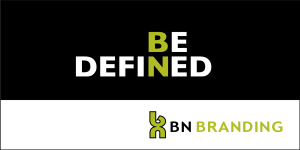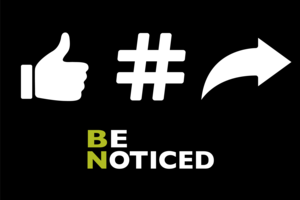![]() I hate to say it, but the marketing world is teeming with nonsensical acronyms, vague industry jargon and just plain bullshit.
I hate to say it, but the marketing world is teeming with nonsensical acronyms, vague industry jargon and just plain bullshit.
Even the simplest words can be misused and misconstrued.
Take the word “content,” for example. It’s kinda like the term “marketing.” Everyone has a different idea of what it means.
It depends on the category context, individual perspective and preconceived notions.
I hear this quite often from prospective clients: “We don’t need all that branding stuff, we just need some content.”
Ummmm, ok.

All content that is produced for commercial purposes fits under the broad umbrella of branding. Doesn’t matter who creates it or where it appears. See the definition of brand and branding.
When you mention “content” many people think only in terms of social media. They see everything through a social media lens.
Others think immediately of YouTube or TikTok videos produced by “influencers.”
Some people have the mistaken idea that “content” is a marketing strategy. You should have a strategy for your content creation, but “content” is not a strategy. It’s a tactic. Here’s the difference between strategy & tactics.
Here’s the definition of “content”… Anything that exists online or offline that’s consumable and relevant to your brand, even remotely, can be considered “content.”
Content spans the entire expanse, from a ten word tweet to a full length feature film.
So a museum exhibit is content. Infographics and infomercials are content.
Packaging — including label copy, usage instructions and ingredients — is important content for food products.
Ads are content, so the visuals you choose for the ads could be considered content within content. Do not underestimate the importance of those executional details.
Every paragraph you write, every sentence you use, every word of every post and presentation is content. So it pays to pay close attention to the details.
Anything that’s designed to promote your brand or help get your business get noticed is content. So I thought it might be helpful to break it down into a few different buckets for better understanding.

1. Organic, random content
This is the most common form of content. It’s often an in-house, DIY collection of stuff that appears on the company website, in blog posts and in organic social media posts.
It costs nothing to post and it’s mostly just meant to “get our name out there.” It’s better than nothing, but it’s all over the place.
2. Strategic Organic Content
Organizing your content around key brand concepts and critical category themes can improve your results dramatically. Constraints are a good thing when it comes to content production!
Chances are, you can brainstorm a million ideas. The question is which ones really fit and which ones are off brand.
A good content marketing plan uses a broad range of topics and many types of content, but they all revolve around your big idea.
Not only that they all share the same brand personality, so your social media posts are aligned with your website design and your ad copy.
Strategic content is also focused on strong, brandable optics. The audience not only hears and reads a consistent message, they also see it, at a glance!
The images, graphics and visual brand assets help drive the theme.
3. Strategic Paid Content
Most companies have a hard time keeping up with all the demands for new content, so they pay to get some professionally produced.
They also pay to have that content distributed to a wider audience than they can get organically.
This category includes all paid advertising, online or off. It follows all the same themes and guidelines as the previous category, but it’s also boosted through paid channels, be it YouTube, Instagram, LinkedIn or wherever.
When content is done strategically you get much more mileage out of every piece… A long format blog post has a short form version for social media and an infographic version, as well as an ad version for paid advertising channels.
It’s leverage that extends the reach of every piece of “content” you produce.
Want to get more out of your content marketing efforts? Contact me here for a free consultation.


